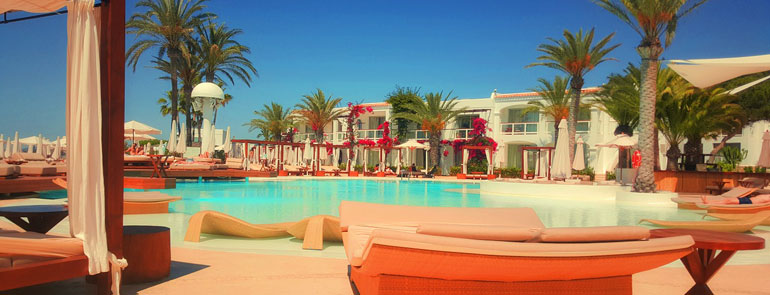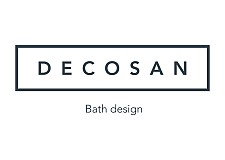In three words: using common sense. The outdoor areas of hotel establishments usually attract less attention than the interior. Aesthetics and perhaps resistance and durability are mainly taken into account but little else.
Nonetheless, it would be interesting to consider the following points:
- The outdoor areas are part of a global contract project and, for this reason, must be consistent with the rest, both aesthetically and from a quality point of view.
- These areas are important in terms of leisure time for guests, so it is advisable to make them aesthetic (pleasant to be in them), functional (making them comfortable) and photogenic (facilitating the new need for guests to take photographs of themselves in the hotel and share these photos).
- We must not forget about security; we do not want any aspect of the construction work or facilities to cause unintended accidents.
- Ideally, we could outline a pathway for people to follow, an obvious path where people tend to go subconsciously and that avoids bumping or crowds.
- The outdoor areas, apart from being equipped with facilities, also need to be decorated. Textiles, decorative objects and other accessories, often neglected in this area, can make a difference.
In fact, it is all quite logical: non-slippery floors without any hidden obstacles, quality furniture, nice decoration, effortless flow within the space, practical equipment and "secret", pleasant corners would be the basic requirements of any hotel guest.
On the other hand, there is the hotelier's point of view: quality materials that guarantee better durability, easy cleaning savings on outlay costs and consistency with branding.
Finally, one last point that was previously mentioned: the outdoor areas are not unconnected to the establishment itself. Although they have their own identity, they must go hand in hand with the personality of the hotel itself and, as such, with its interior design. We want everything to be continuous and coherent, a place to flow...
















